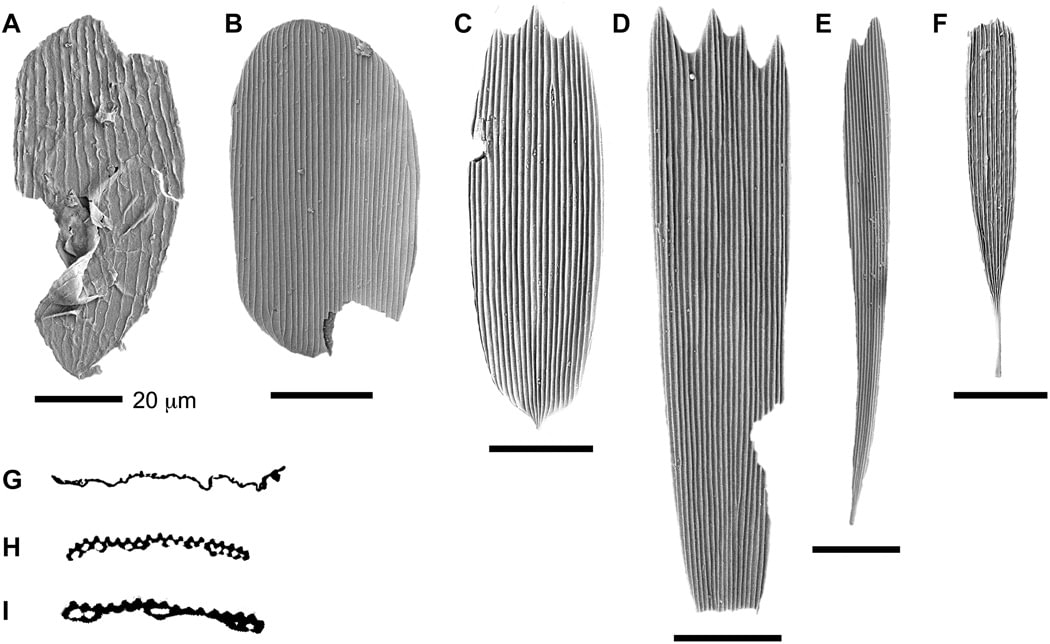Butterflies have always been fascinating insects. However, in order to take a look at their wings, or see them up close in particular, one would have to use a camera with a macro lens, or a microscope. The wings of moths and butterflies are covered in scales. While scales of butterflies have vivid colors, both butterflies and moths can avoid spider webs thanks to their scales. Researchers looked at fossilized wing scales and compared them to the modern wings of butterflies and moths. The results were published in the journal Science Advances.
The fossilized scales look the most like the wing scales of moths in the suborder Glossata. This suborder is recognized by the long, coiling appendage on their faces. They unfurl a stretchy straw which helps them gather nectar from flowers. Authors of the paper think that as the wings look similarly like the members of that group, they could be from the members of the same species as well. They also sport the curled-up drinking straws on their faces.
Something else puzzles the researchers. They are wondering what would those insects do with the straws, as two hundred million years ago, there were no flowers on which they could feed. They were wondering if there was another reason that the species had developed the proboscis, despite it being specialized for gathering nectar from plants.
“The mass extinction event occurred at the end of the Triassic and was associated with massive volcanism as the super continent Pangea started to break apart. As a result, biodiversity on land and in the oceans suffered a setback with many key Triassic species going extinct, including many primitive reptiles. However, one major group of insects, the Lepidoptera moths and butterflies, appeared unaffected. Instead, this group diversified during a period of ecological turnover,” Timo van Eldijk explained in a statement Wednesday.
Another hypothesis came to the minds of the researchers. They thought that perhaps those insects gathered pollination drops from ancient gymnosperms. Ancient gymnosperms are a group of plants that had a type of high-energy liquid which was more than sufficient to feed insects.
That hypothesis changes the way we perceive the evolution of both moths and butterflies. The timeline for the Lepidoptera order has been pushed back 50 million years, which was originally thought to be 150 million years old. Also, in case this hypothesis is right, that would mean that those two insects didn’t evolve the proboscis to feed from flowers, but that they became more useful later when the flowers appeared.





